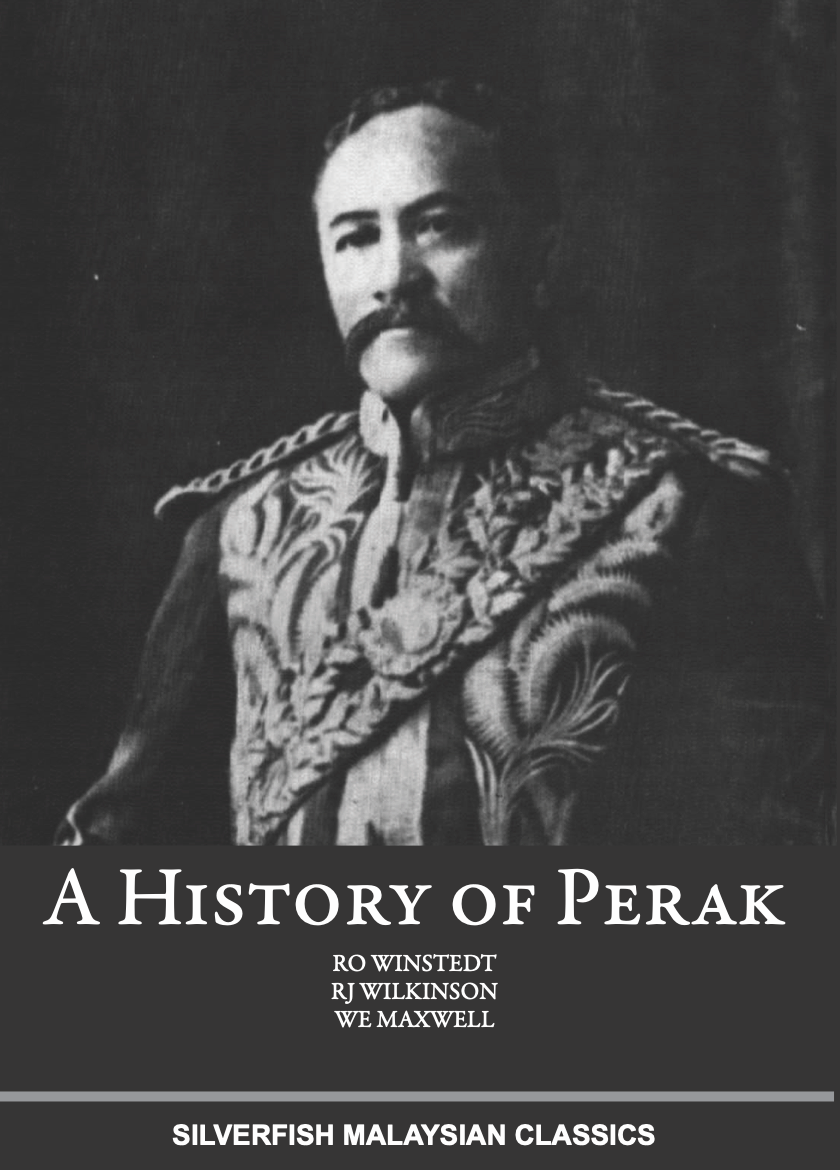
On the stage of Perak’s modern history there have been many actors: the Malays, the Portuguese, the Achinese, the Dutch, the Bugis from Riau and Selangor, Siam and her vassal Kedah, and the British. To some small degree it was dynastic pride that made Acheh and the Bugis her aggressors, and Siam had hardly any other conscious motive. But at the back of all Perak history has been trade.Trade alone attracted the Europeans, an unassuageable thirst for the purchase of tin and the sale of cloth. Of this thirst, as I have written elsewhere “the most evil symptom was monopoly, the confining of trade to one market, where the purchaser bought not at competitive prices but at prices fixed by the guns of his ships. As far back as we know, monopoly had been a feature of eastern trade, Hindu, Parthian, Persian and Arab, and it was the desperate effort of the Gujeratis to maintain their monopoly that led to the clash between Malays and Portuguese at Malacca. It was the good fortune of England that the spirit abroad at the beginning of the XIXth century gave her no chance to establish monopolies and induced her to declare for free trade.” Along with their struggle for monopoly, the powers also attempted to take toll of all shipping and compel it to resort to their ports. Long before the Portuguese, the great Sumatran state Srivijaya or Old Palembang had derived large revenues from toll levied on sea-borne trade: as Chao Ju-Kua wrote in 1225 A.D., “If a merchant ship passes without entering, their boats go forth to make a combined attack and all are ready to die in the attempt; that is why this country is a great shipping. centre.”
From her foundation down to the time of British protection, Perak suffered every sort of humiliation and defeat and domestic tragedy.
